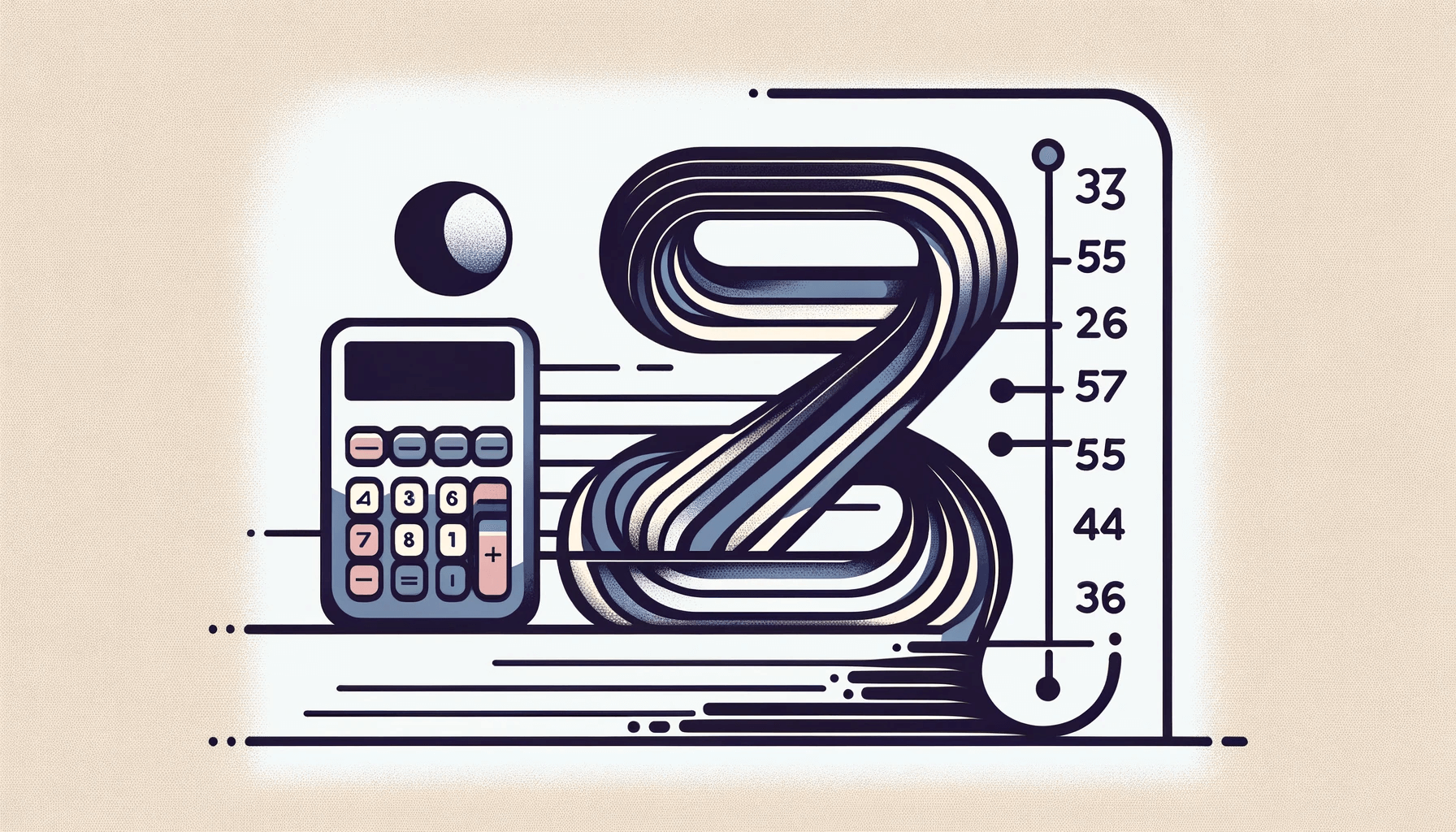Measuring distance or dimension is integral to daily life, from simple home improvement projects to large-scale engineering endeavors. However, multiple length units—meters, feet, yards, and others—can cause confusion and inaccuracies if not correctly converted. A Length Converter Calculator rapidly transforms values among these units, ensuring precision and saving time. Below is an in-depth look at length conversion, why a dedicated calculator is valuable, and how best to use it in various situations.
Introduction to Length Measurements
From the earliest human civilizations to modern science, length has been one of the fundamental measures for describing the physical world. Over time, different regions and trades developed their own units—like feet in the imperial system or meters in the metric system—leading to multiple standards still in use today. Consequently, converting between these units can ensure cohesive communication and prevent mistakes.
Why a Length Converter Calculator Is Important
- Global Collaboration: In a world with extensive cross-border commerce and engineering projects, teams often reference distance using different standards, such as the imperial system in the United States and the metric system elsewhere.
- Minimized Mistakes: Mistaking inches for centimeters or feet for meters during critical tasks—like architectural design or manufacturing—can lead to dire costs or safety consequences.
- Time and Efficiency: Automated conversions eliminate the need to memorize complex relationships, facilitating swift, reliable calculations.
- Broad Applications: From personal DIY home renovations to specialized industrial production lines, length conversion is a cornerstone of accurate measurement.
Key Units of Length
Though many units exist globally, the most common include:
- Meters (m): The SI (metric) base unit for length, widely used in science, engineering, and international standards.
- Centimeters (cm) and Millimeters (mm): Subunits of the meter for fine measurements.
- Inches (in) and Feet (ft): These were part of the imperial system and are still prevalent in the United States for consumer goods, building design, and everyday references.
- Yards (yd): Also imperial, but typically found in specific sports field measurements or older land references.
- Kilometers (km) and Miles (mi): Used for longer distances, such as road travel or geographic spans.
A robust Length Converter Calculator can handle all these and sometimes more specialized units like nautical miles or fathoms, supporting a diverse range of needs.
How a Length Converter Calculator Works
When using a Length Converter Calculator, users typically:
- Select or Input the Original Unit: For instance, “10 feet” or “3.5 meters.”
- Indicate the Target Unit: Perhaps “centimeters” or “inches.”
- Receive Instant Results: The tool applies the conversion ratio to output the new value.
Many calculators provide multiple conversions at once—e.g., input 5 meters and get instantaneous equivalents in feet, inches, and yards side by side—helping users compare units or choose the most appropriate standard.
Benefits of a Dedicated Calculator
- Accuracy: Reduces the likelihood of arithmetic slip-ups that can result in severe miscalculations.
- Quick Access: Online or mobile app-based tools mean users can do real-time conversions on the job site or while shopping.
- Supports Specialized Units: Beyond basic units, advanced calculators may include lesser-known or region-specific measures, catering to niche audiences.
- Confidence in Results: With a standardized procedure behind the scenes, the output remains consistent across repeated calculations.
Typical Applications
- Construction and Architecture: Converting building material dimensions, verifying blueprint specifications in meters or feet, and ensuring cross-team clarity.
- Travel and Navigation: Tourists might measure short distances in meters, yet road trip signs might be in miles, necessitating quick conversions.
- Textiles and Fashion: Fabric sold in yards in one market may need to be purchased in meters for a manufacturer in another.
- Education and Research: Labs or experiments might specify length in SI units, while historical or older texts could reference imperial.
Challenges and Considerations
- Slight Variations: Certain older definitions—like the difference between a “US foot” and an “international foot”—can introduce small but significant discrepancies in precise work.
- Extreme Values: Very large or small measurements (like nanometers or astronomical units) may need calculators that handle exponent notation or extensive number processing.
- Rounding and Precision: Industrial or engineering tasks might need high decimal accuracy, while everyday conversions can settle for simpler rounded figures.
- Contextual Understanding: A converter provides raw numeric results; users must still interpret the outcome in the real-world context.
Best Practices
- Verify Units: Confirm the unit from which you’re converting is correct—sometimes labels can be misleading (e.g., mislabeled “inches” vs. “centimeters”).
- Define the Target: Clarify if you want the result in an internationally recognized unit (meters, feet) or a specialized measure.
- Align Precision with Needs: Overly precise decimals can clutter results, but if specifications demand close tolerances, ensure your calculator is set to handle enough decimal places.
- Double-Check for Large Projects: In major builds or scientific research, it’s prudent to cross-reference the calculator’s output with a second source or method.
Future Trends
- Real-Time Sensor Integration: Tools that read data directly from lasers or measuring tapes via Bluetooth, offering instant conversions without manual input.
- Voice Commands: Home or site-based voice assistants could handle direct unit conversions (“Convert 3 yards to meters”) to speed up tasks.
- Machine Learning Enhancements: Tools might detect usage patterns or typical unit demands, offering suggestions for the best conversions or grouping commonly used units automatically.
- Augmented Reality Assistance: AR-enabled devices could measure an object’s dimension visually and overlay the dimension in multiple units in real time.
Conclusion
A Length Converter Calculator dramatically simplifies bridging the gap between different measurement systems, from everyday tasks to specialized professional use cases. Providing rapid, reliable, and user-friendly conversions spares users from manual lookups, ensures consistent results, and promotes accuracy. As technology evolves, these calculators will likely gain advanced features—real-time measurements, integrated voice, or AR capabilities—that further cement their role as indispensable tools in our ever-expanding global environment.


